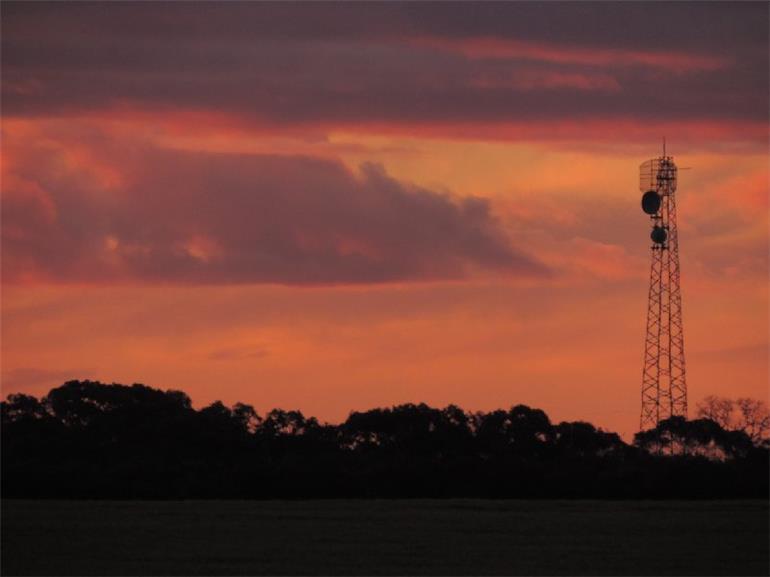With a CLL diagnosis, our increased risk secondary cancers becomes a concern. So understandably, many of us look at what we can do to reduce our risk of developing secondary cancers. This article by Simon Chapman, Emeritus Professor in Public Health, University of Sydney may prove reassuring to anyone concerned at the risk of brain cancer from their phone.
New study: no increase in brain cancer across 29 years of mobile use in Australia
theconversation.com/new-stu...
Further to what's mentioned in the article and comments, here are some relevant facts:
Mobile/Cell phones work on a range of frequencies in the billions of Hertz (GigaHertz) region, as do cordless phones, WiFi and....microwave ovens.
Radio waves at these frequencies are not able to cause ionization, which is what is needed to cause DNA damage. You need far higher frequency electromagnetic radiation to do that - the million times greater high ultra-violet frequencies, which are beyond visible light.
en.wikipedia.org/wiki/Ioniz...
Hence if mobile phones were responsible for causing cancers, it would be from the heating effect of the radiation.
Interesting comparison; if you were to sun bake at midday, you'd be exposing your body to about as much radiation from the sun as is put out your kitchen microwave oven.
The maximum power output from a mobile phone is around 2 watts or 1/500th of that put out by a microwave oven - and only a small part of that 2 watts is absorbed by your body, with the rest radiating out in all directions to reach the cell/mobile tower.
Here's a table of typical wireless power levels: en.wikipedia.org/wiki/DBm
Mobile/cell phones automatically adjust the transmitted power to the minimum required to guarantee a reliable connection. That's done to extend talk time and hence the time between battery recharges, but it also reduces the amount of radiation you receive. That means you get the most radiation from your phone when you have a poor signal.
Mobile/cell phones keep in regular contact with the nearest base station, so if you are travelling around, you remain connected to the tower providing the best signal to ensure calls and SMS messages can be made and received. That only requires occasional short transmissions or handshakes of a second or so compared to the minutes used in a call. (Incidentally, I've recently moved from being on the very limits of mobile reception to where I have good mobile reception - and I've found I can go twice as long between recharges when I'm not using my phone.)
In closing, I think we can safely say that far, far more lives are saved because mobile phones enable us to get urgently needed medical help promptly.
Neil
Photo: NOT a mobile/cell phone tower, but a microwave tower providing a link to a country exchange silhouetted at sunset. Microwave communication transmissions have been in use since the late 1940's...

 , but the one about 5G chips in vaccines was debunked thus:
, but the one about 5G chips in vaccines was debunked thus: